331 UMMA Objects
331 UMMA Objects

Korean (Korean (culture or style))
Tea Bowl, 'ido chawan' type
16th century
Bequest of Margaret Watson Parker
1954/1.535

Iranian (Iranian)
Star-shaped tile with molded floral design
1400 – 1599
Transfer from the College of Architecture and Design
1972/2.135
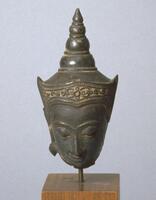
Thai
Head of a Buddha, adorned with a crown
16th century
Gift of the Estate of Margaret E. Tracy
1978/2.47
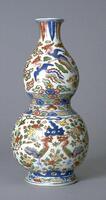
Chinese (Chinese (culture or style))
Double-Gourd Wall Vase
1573 – 1620
Gift of Marian Doering in memory of Paul M. Doering
1979/2.12
![This dish features a three part structural division; the boss is almost flat. Around the depressed area is a band of degenerate Gothic [or pseudo-Arabic] script. On the brim are solid lustre painted zig-zags, possibly a late version of gadroons. The empty areas of this pattern are filled with dots and floral motifs. The reverse has repeated circles only. This dish features a three part structural division; the boss is almost flat. Around the depressed area is a band of degenerate Gothic [or pseudo-Arabic] script. On the brim are solid lustre painted zig-zags, possibly a late version of gadroons. The empty areas of this pattern are filled with dots and floral motifs. The reverse has repeated circles only.](/media/W1siZiIsIjIwMjIvMDUvMjUvNHVtdXlvNGgwcF9kZWZhdWx0LmpwZyJdLFsicCIsInRodW1iIiwiMjQweDIwMCJdXQ?sha=4c312278c29b047b)
Moorish (Moorish)
Shallow Dish
16th century
Transfer from the College of Architecture and Design
1972/2.119
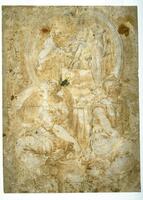
Italian
Two Seated Female Figures before a Rondel
16th century
Gift through the Estate of Edward Sonnenschein
1970/2.45

Italian
Study for a Ceiling with Allegorical Figures (recto); Architectural sketch (vers
1567 – 1599
Purchased from the Estate of Edward Sonnenschein
1970/2.92

Chinese (Chinese (culture or style))
Bowl
1368 – 1644
Gift of Mr. Jennis R. Galloway through the Friends of the Museum of Art
1972/1.155
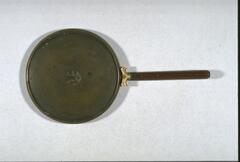
Chinese (Chinese (culture or style))
Mirror
1368 – 1644
The Oliver J. Todd Memorial Collection
1974/1.206
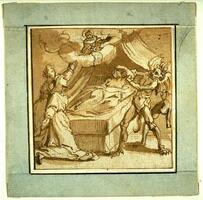
Andrea Boscoli (Italian (culture or style))
Four Episodes in the Life of a Saint
16th century
Purchased from the Estate of Edward Sonnenschein
1970/2.75
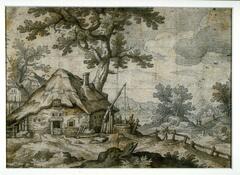
Abraham Bloemaert (Dutch (culture or style))
Landscape with Farm Buildings
1584 – 1651
Museum Purchase
1960/2.75
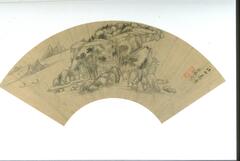
Chen Jiru (Ch'ên Chi-ju)
Remote Mountain Temple by the River
1558 – 1639
Museum purchase, Acquisition Fund
1972/2.351
Loading…
